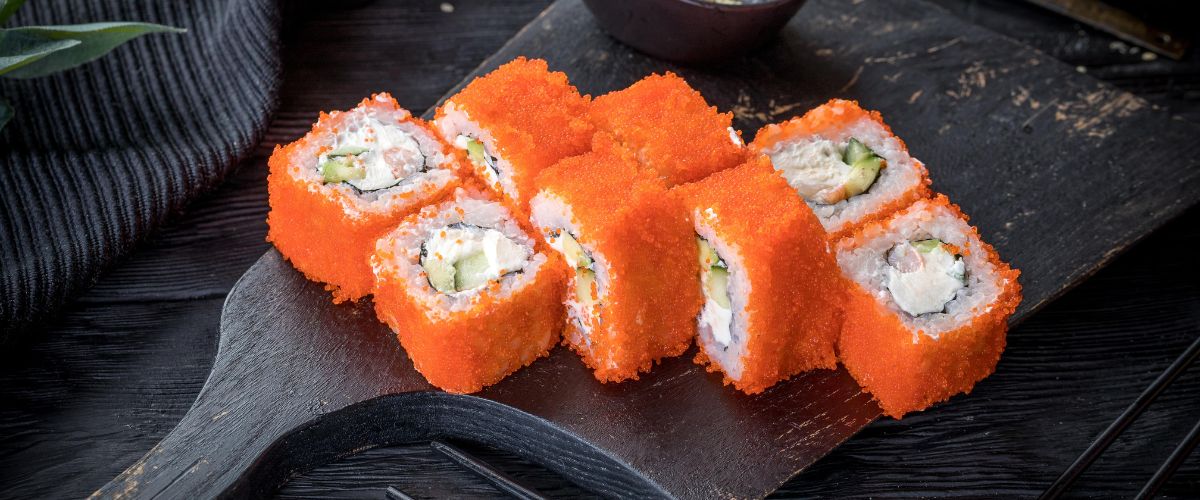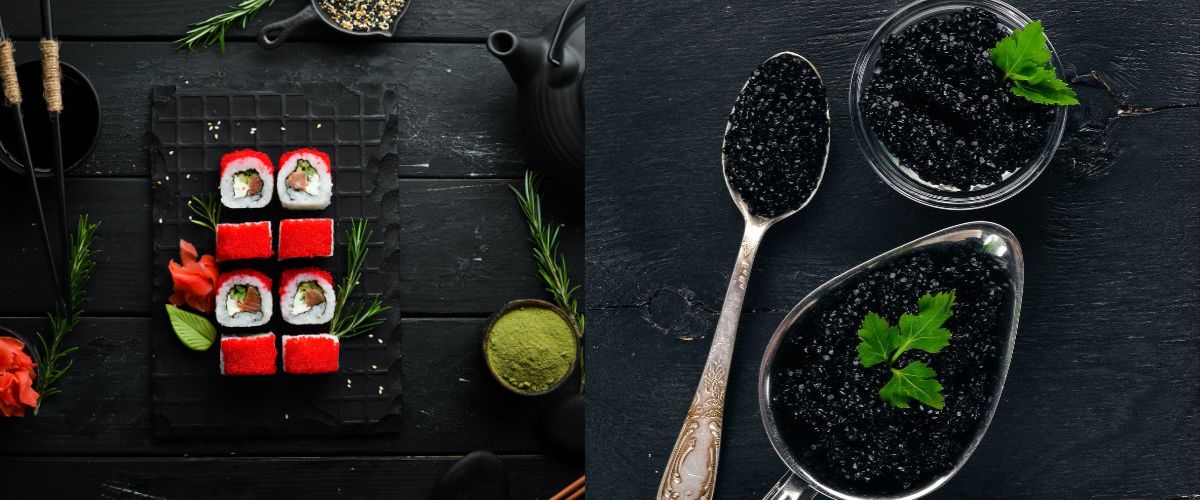Tobiko vs. Caviar: Which is Better?
Do you love the taste of caviar, but don't know where to find it? Or maybe you've heard about tobiko, but aren't sure what it is. In this blog post, we will compare tobiko and caviar and help you decide which one is right for you! Tobiko is a type of caviar that is made from flying fish eggs. It has a slightly different flavor than traditional caviar and can be used in many different dishes. Caviar, on the other hand, is made from sturgeon eggs. It has a more intense flavor and is often served as a side dish or appetizer.
What is Tobiko?

Tobiko, also known as flying fish roe, is a popular ingredient in Japanese cuisine. The small eggs range in color from orange to bright red and have a slightly crunchy texture. Tobiko has a distinct, briny taste that pairs well with sushi and sashimi dishes. It is often used as a topping or mixed into spicy mayo for rolls. In addition to its use in sushi, tobiko can also be enjoyed as a topping on savory dishes such as grilled fish or mixed into salads. Its vibrant color adds visual appeal to any dish it is added to.
Health Benefits of Tobiko
- Tobiko, or flying fish roe, is a popular ingredient in sushi dishes. Not only does it add a unique crunch and pop of briny flavor, but it also offers some impressive health benefits.
- Rich in omega-3 fatty acids, tobiko can help improve heart health by reducing inflammation and lowering cholesterol levels. It is also a good source of protein and contains vitamins A and D, which aid in eye and skin health.
- In addition to its nutritional value, tobiko may also have anti-aging properties thanks to astaxanthin, a potent antioxidant found in the roe. Regular consumption of astaxanthin has been linked to improved skin texture and reduced fine lines and wrinkles.
- Next time you enjoy a sushi roll topped with tobiko, remember that you're not just indulging in a tasty treat – you're also giving your body some important nutritional support.
History of Tobiko
Tobiko, or flying fish roe, is a popular ingredient in Japanese cuisine. It originated in the Edo period (1603-1868) when sushi chefs began using it as a topping for their nigiri. Traditionally, tobiko was made from the roe of Tai (snapper) or aji (horse mackerel) fish. Today, it can also be made from salmon or trout roe.
The roll is first washed and then mixed with soy sauce, sugar, and other seasonings before being formed into small spheres and dried in the sun or on wooden trays. The drying process enhances the crunchy texture and intensifies the roe's characteristic orange color.
Next time you enjoy tobiko, take a moment to appreciate its history and the skill that goes into preparing this beloved ingredient.
Caviar v Tobiko

- Tobiko is the roe, or eggs, of flying fish, while caviar traditionally refers to the roe of sturgeon. Caviar tends to be larger and darker in color, while tobiko is smaller and brighter (often orange or red).
- Caviar has a more delicate, delicate flavor, while tobiko has a more robust, salty taste.
- Tobiko is often used as a topping or garnish in sushi and other dishes, while caviar is typically served as a standalone delicacy.
- Caviar tends to be much more expensive than tobiko due to sturgeon being overfished and endangered.
- One type of tobiko is orange Masago, made from the eggs of capelin fish. Another variation is Ikura, which is salmon roe with a larger size and a more delicate texture. There are also varieties made from flying fish eggs, as well as specialty versions infused with flavors like yuzu or wasabi.
- Some types of caviar include beluga, sevruga, and osetra. Beluga caviar is typically the most expensive and has large, light-gray eggs. Sevruga caviar has smaller eggs with a darker gray color. Osetra caviar ranges in color from brown to gold and has a robust flavor. Other varieties of caviar include hackleback, paddlefish, and white sturgeon.
Overall, tobiko is a delicious and nutritious addition to sushi and other dishes. It offers a unique crunch and pop of briny flavor, while also providing important health benefits. So the next time you see it on a menu, don't hesitate to give it a try! Just remember that it is different from caviar in terms of taste, texture, and origin. Enjoy!













